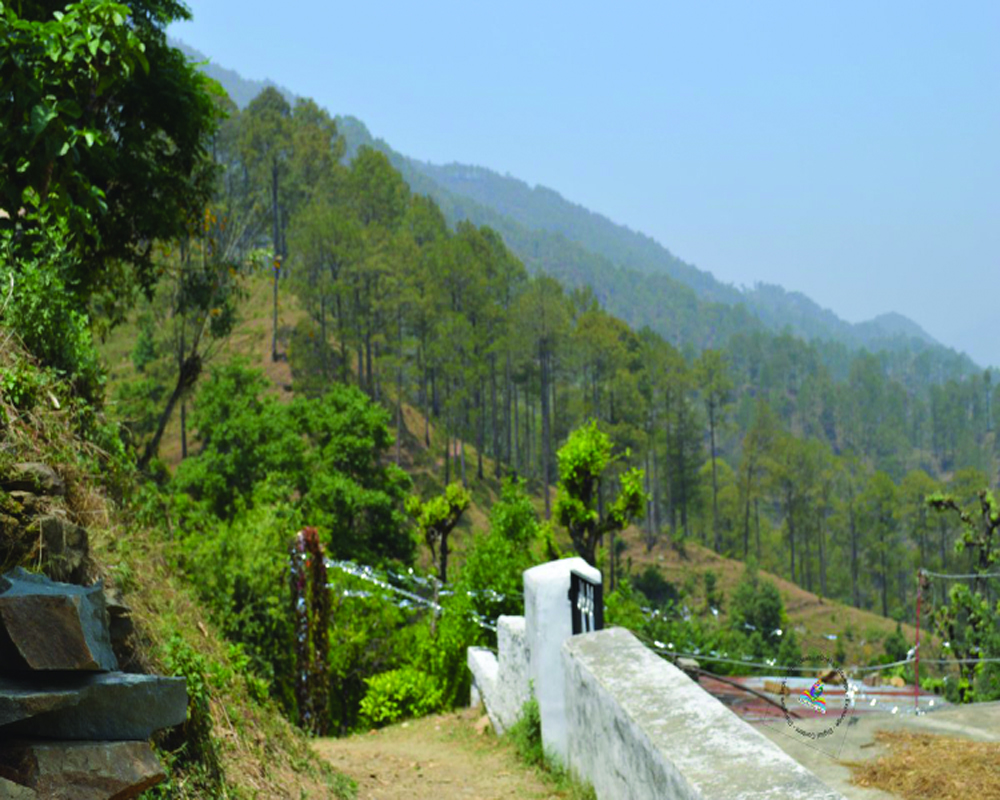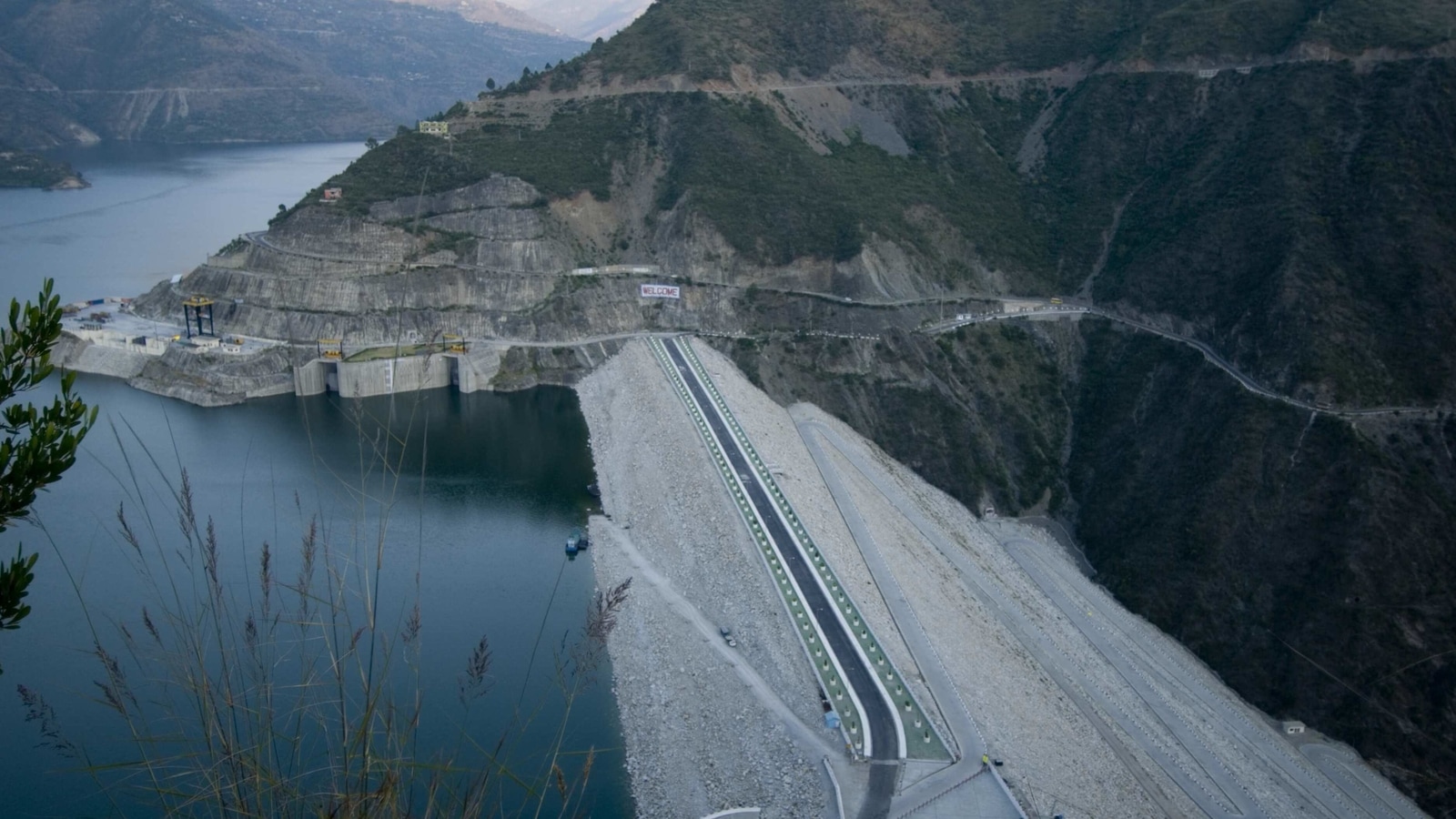Kejriwal announces 300 units of free electricity in U’khand
 ]
]
Aam Aadmi Party (AAP) national convener Arvind Kejriwal on Sunday announced free electricity up to 300 units per month to every family, free electricity to farmers and waiving off of old bills if the party was voted to power in Uttarakhand.
Kejriwal said that the AAP Government in Uttarakhand will provide 300 units of electricity to every family in the State.
“In Delhi, the first 200 units are free while from 200-400 units, the half-rate is charged. So here we have done with the half-rate charge. 300 units of electricity each month would be given to every family. Second, for the last several months, our workers were going from village to village and town to town in the State and found that many times residents are given wrong bills. And when someone goes to get their bills rectified, they are forced to bribe officers. So, the second guarantee is that the old bills will be waived. We will start afresh,” he said.
“Uttarakhand generates electricity and even sells it to other States.
Then why is it that the people of Uttarakhand have to pay so much for electricity? Has any Government ever thought of giving free or cheap electricity? The people whose lands were acquired for Tehri Dam were promised free electricity. Did they get free electricity? It was not given free of cost even to those who were promised,” he said.
Uttrakhand Power Minister Harak Singh Rawat had recently announced that the State Government will give free electricity to people of the state up to 100 units.
“The Uttarakhand has been blessed by an abundance of beauty and natural resources. There are rivers, mountains, trees, vegetation, and even herbs in the State. There are great, honest, and hardworking people as well in Uttarakhand but the leaders and parties have left no stone unturned to destroy the State,” he said.
Kejriwal said that the people of Uttarakhand are being grinded between the two parties as well and both these parties are playing a game among themselves in a very systematic manner.
The AAP, which has not been able to win a single seat in the state in the past elections, has plans to emerge as an alternative to both Congress and BJP in the next Assembly polls due next year.
Bahugunas and the Chipko Movement
 ]
]
Their oft-repeated message was to restore Himalayan landscape by replacing it with fruit-bearing trees
On World Culture Day, May 21, a series of tributes began to pour in as soon as Rajeev Nayan Bahuguna shared informationon social media about the passing away of his legendary father. It was an occasion dedicated to indigenous diversity amidst one of the worst pandemics in history. Cartoonist Satish Acharya depicted a saint merging into two trees as a tribute to the Gandhian leader and Padma Vibhushan awardee, Sundar Lal Bahuguna. One can never be short of words explaining the creativity centred around the ‘Gangaputra’. His was an expression of the spirit of satyagraha in post-Independence India and I hope the non-violent protest will continue to echo across the Himalayan peaks until the traditional water rights of the local communities are not fully restored. Public protests to save the Himalayan forests unfolded in the 1970s with the Chipko movement and extended further against the Tehri Dam in the following decade. The Gandhian school of politics exposed the old, colonial injustice of pine monoculture in the Himalayas in 1952 when Meera Behn (Madeleine Slade) wrote, ‘Something Wrong in the Himalaya’. The life and work of Babaji is incomplete without the mention of his wife Vimala Bahuguna - Mataji to all — a student of Lakshmi Ashram at Kausani in Almora. As a new endeavour in basic education (Nai Talim), it was established in 1946 by Sarala Behn (Catherine Mary Heilemann; 1901-1982), one of the two well-known European followers of the Mahatma. After Independence, the Uttar Pradesh government invited Meera Behn to help with her expertise in agriculture. It was the time she was persuading Bapu to start her Ashram in north India. Kisan Ashram, near Roorkee, Pashulok Ashram, and Bapu Gram on the outskirts of Rishikesh were her creations in those days. Another bold activist, Gauri Devi, and her group of villagers assembled in Reni, Garhwal, on March 25, 1974, and hugged trees, launching the Chipko Movement. It was a telling expression of dislike against Frederick Wilson who deserted the East India Company and fled to Garhwal where he became rich by illegal logging and timber smuggling. The local village panchayat members, activists Chandi Prasad Bhatt and Sarala Behn played key roles in helping the movement spread.
In 2008, Sunder Lal Bahuguna, an ardent supporter of Aviral-Nirmal Ganga, asked me to join him on a visit to Prayag and Meerut. The Allahabad University invited him to a dialogue series on the Ganga. The week-long companionship offered many opportunities to share views. In addition to Viktor Schauberger’s works on living water, the saga of the Chipko and the failure of the Satyagraha against Tehri Dam were the most discussed topics between us. The Bahugunas often conveyed their message that the Himalayan landscape has to be restored by replacing pine monoculture with fruit-bearing trees. Pine forests have a high chance of becoming seriously drought-prone in the summer months while pine needles are highly inflammable and are of no use as livestock feed. Forest Rights that promote the fundamental role of the traditional community in its conservation is again in focus since the United Nations cleared its position on this topic. But the spirit has not percolated to the political class. Almost a decade ago, activist Basanti Devi was in focus when the Kosi flash floodsaffected Almora. She was fighting for the restoration of forest rights in the Lakshmi Ashram in the1980s. Gandhian leaders like Anupam Mishra and the Bahugunas are all the more relevant today since the Third Pole — a platform dedicated to the Himalayan watershed and the rivers that originate there - has turned into a battlefield between violators and protectors of forest rights.
(The writer is the author of ‘The Holy Ganga’. The views expressed are personal.)
Flow from Uttarakhand’s Tehri dam stopped in view of flood situation
 ]
]
Uttarakhand Chief Minister Trivendra Singh Rawat on Sunday said that the flow from the Tehri dam was stopped to facilitate the smooth passage of rising waters on Rishiganga and Alaknanda rivers in view of the Chamoli flood situation.
“Flow from Tehri dam was stopped to facilitate the smooth passage of rising waters on RishiGanga and Alaknanda. All the villages and low lying areas on the banks were vacated and water flow from Srinagar dam was increased to manage higher water flows due to disaster,” Rawat tweeted.
He further said that the water flow in the Alaknanda River has become normal past Nandprayag and the water level of the river is now 1 meter above normal but the flow is decreasing.
Rishiganga Power Project has been damaged due breach of a glacier in the Tapovan area. People living on the bank of the Alaknanda River are advised to move to safe places at the earliest by the Chamoli Police.
100-150 people are feared to be dead in the flash flood in Chamoli following an avalanche near a power project at Raini village in the Tapovan area, Uttarakhand Chief Secretary OM Prakash said.
Union Home Minister Amit Shah said that Chief Minister has spoken to him regarding the natural disaster in Uttarakhand. All officers concerned are working on a war footing to rescue people.
Chamoli district magistrate has instructed officials to evacuate people living in villages on the bank of the Dhauliganga River. The district magistrate and the superintendent of police have left for the spot.